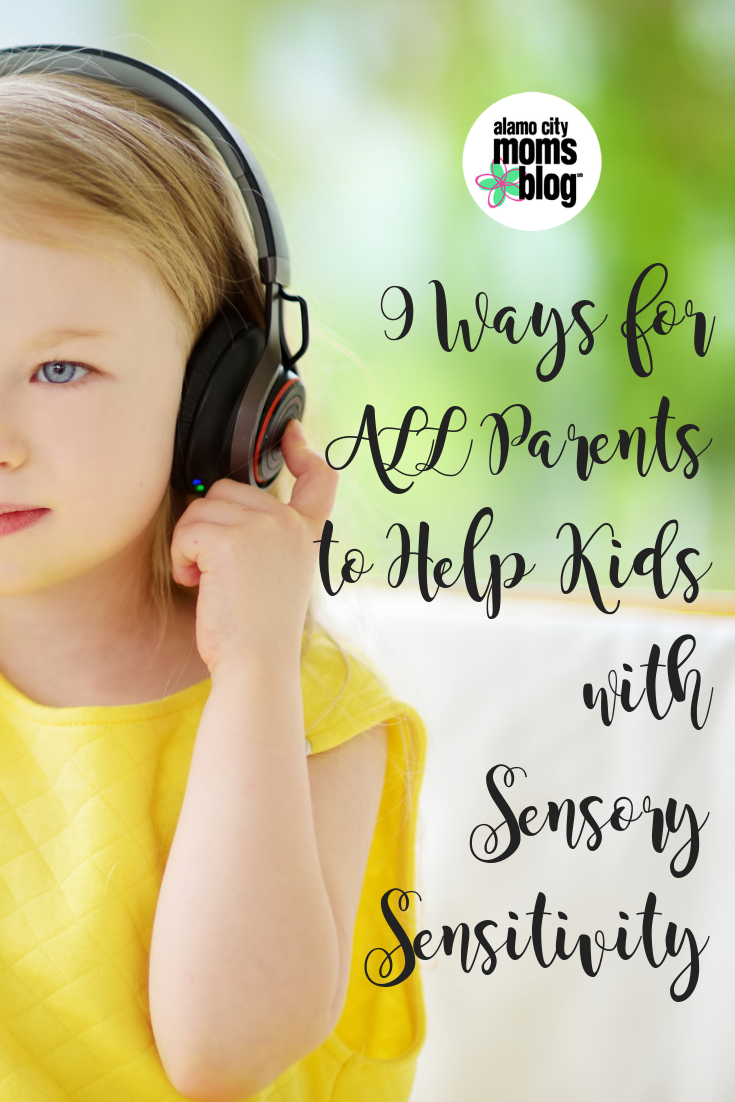October is National Sensory Processing Disorder Awareness Month. If you don’t know what Sensory Processing Disorder (or SPD) is, don’t feel bad. I didn’t either when my pediatrician first mentioned it. According to my best friend and most trusted advisor WebMD, sensory processing disorder is a condition in which the brain has trouble receiving and responding to information that comes in through the senses. Yes, it is often associated with kids who have special abilities (such as autism), but even physical/neurotypical kids can have SPD or be sensory sensitive, especially when tired.

Think of it as going to IKEA on Black Friday. There are pushy crowds, lots of visual stimulation with colors and special lighting, fragrant smells from candles to food (Swedish meatballs, anyone?), every kind of furniture texture to touch, and music playing in the background. I personally shut down in this situation and opt for shopping online instead. But children don’t always have the option to remove themselves from the situation. So here are nine tips, for parents with kids of all abilities, to help when their little ones have a sensory sensitive moment:
- Before you go somewhere that may have a lot going on (for example, Disney On Ice or Monster Jam), explain to your child what he/she will be experiencing. Tell him/her how long the event will be, whether there will be loud noises, etc.
- Set expectations in advance if you are going somewhere with a group. For example, tell your adult friends, “Look, this may be too much for my child, but we can try.” Be ready to leave and don’t feel sorry about letting others down. You know your kid best.
- Don’t overbook your schedule. Multiple birthday parties and activities in one day may be too much for your child to handle. Respect what he/she needs to thrive.
- Invest in a cheap pair of noise-cancelling headphones and throw a pair of sunglasses in your bag. Hearing and sight are common sense triggers, and these are two easy tools to help. Who cares if your child might stand out while wearing them? No one. If it helps your kid chill, I say bring it on.
- Taking tools to the next level, looking into a weighted blanket or vest. You can buy these online for your child’s weight/size. Weighted blankets help those with anxiety and are used in many medical situations. Why? Because they are comforting, like a big hug.
- Do your research, as many local attractions offer sensory-friendly times. These special times are not limited to those with special needs. From movies to performing arts centers to museums—even Chuck E. Cheese—San Antonio has a lot of options. Click here for some ideas.
- Once you arrive at your destination, scope out a quiet place for a quick break. Sometimes your child just needs a moment to reset. Don’t we all?
- If your child is melting down and you don’t know why, try asking which sense is bothering him/her. Ask if the smell is too strong or the noise is too loud. Does the light hurt their eyes? Do their clothes feel itchy or uncomfortable? Kids can’t always verbalize what is bothering them. You may have to pull it out of them to better understand how to help.
- Finally, ignore judgmental parents who have no idea what you went through that morning and how any given experience is affecting your child. I’ve had every type of shade look thrown at me as parent. It is hard to develop tough skin when it comes to your little ones. But for every disapproving eye roll, I’d say there are usually two smiles of “I’m with you” or “you are doing great” from other caregivers.
If you think your child may have SPD or sensory issues, talk to your doctor. A medical professional can advise you on how to help and guide your child at school and at home.











